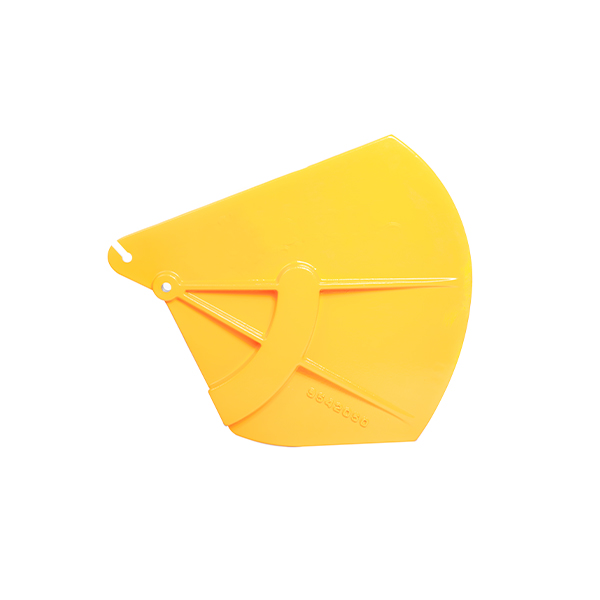Mobile:+86-311-808-126-83
Email:info@ydcastings.com
bronze casting mold
The Art and Technique of Bronze Casting Molds
Bronze casting is an ancient art form that has been practiced for thousands of years, dating back to civilizations such as the Egyptians, Greeks, and Chinese. This process involves creating objects from bronze, an alloy primarily composed of copper and tin, through a method known as lost-wax casting. At the heart of this technique is the bronze casting mold, which plays a vital role in the intricate and delicate process of metalworking.
The Process of Creating Bronze Casting Molds
The journey of bronze casting starts with the creation of a mold, which is essential for shaping the molten metal. Traditionally, this begins with sculpting an original model out of wax or clay. If wax is used, it is surrounded by a heat-resistant material, often a mixture of clay and sand, to form a shell around the model. This shell is crucial as it will contain the molten bronze during the casting process.
Once the shell is formed, the wax is melted and drained away, leaving a hollow cavity that mirrors the original design. This method, known as lost-wax casting, allows for intricate details and precision in the final product. The mold can be reused multiple times, but often, artisans create a new mold for each piece they wish to cast, especially for limited edition works or one-of-a-kind sculptures.
Casting Process
After the mold is prepared, the next step involves heating and melting the bronze in a furnace. The temperature must reach around 1,100 degrees Celsius (2,012 degrees Fahrenheit) to fully liquefy the bronze. Once the metal reaches this molten state, it is carefully poured into the prepared mold. The pouring process requires skill and precision, as any errors could lead to defects in the final casting.
bronze casting mold

After the bronze has cooled and solidified, the mold is broken away to reveal the cast object. At this stage, further refining processes such as polishing, patination, and engraving are often applied to enhance the aesthetic quality of the piece.
Benefits and Challenges of Bronze Casting Molds
Bronze casting molds offer several benefits. They allow for a high degree of detail and can produce intricate designs that are difficult to achieve through other metalworking techniques. Additionally, casting is efficient for producing multiple items from a single mold.
However, there are challenges as well. The process requires a significant amount of skill and experience. The maker must understand the properties of bronze, the melting process, and how to create effective molds. Moreover, because the molds are often broken during the casting process, they are not reusable for mass production, which can limit the number of pieces created from them.
Conclusion
Bronze casting molds are not merely tools but are integral to a long-standing artistic tradition that marries creativity with technical prowess. The ability to create detailed and expressive forms in bronze has been a testament to human ingenuity and artistic vision. As technology evolves, new methods and materials continue to emerge, but the timeless principles of bronze casting remain rooted in history, connecting contemporary artisans with their ancient predecessors. The harmony between functionality and artistry in bronze casting molds showcases the enduring appeal of this ancient craft, ensuring its relevance in today’s artistic landscape.
-
Why Should You Invest in Superior Pump Castings for Your Equipment?NewsJun.09,2025
-
Unlock Performance Potential with Stainless Impellers and Aluminum End CapsNewsJun.09,2025
-
Revolutionize Your Machinery with Superior Cast Iron and Aluminum ComponentsNewsJun.09,2025
-
Revolutionize Fluid Dynamics with Premium Pump ComponentsNewsJun.09,2025
-
Optimizing Industrial Systems with Essential Valve ComponentsNewsJun.09,2025
-
Elevate Grid Efficiency with High-Precision Power CastingsNewsJun.09,2025











